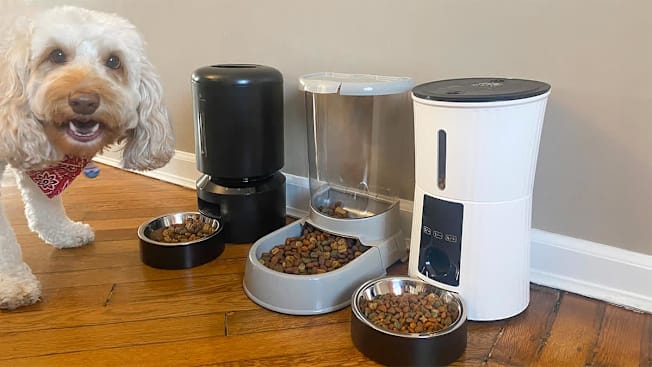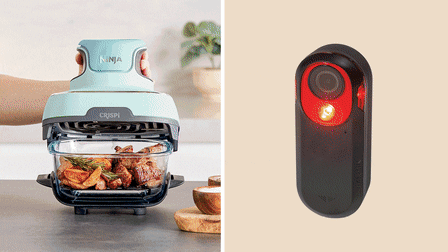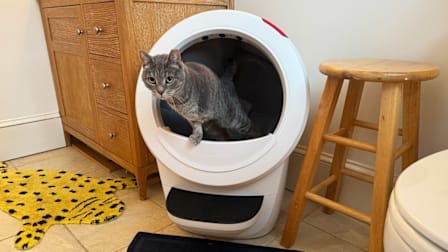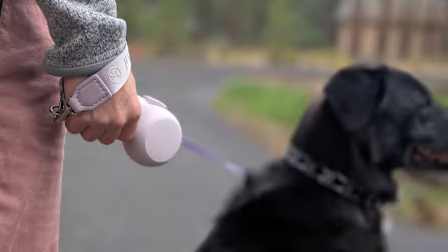Best Automatic Dog Feeders
CR evaluated five of them, including two from Petlibro. Some made mealtime more complicated.
When you shop through retailer links on our site, we may earn affiliate commissions. 100% of the fees we collect are used to support our nonprofit mission. Learn more.

There may be times when you have to leave your furry friend home alone to go to work or school or to run errands. Your pooch still needs to eat, and leaving dog food out before you leave isn’t a great solution unless your dog has great impulse control. And if so, they must not be labradoodles.




















